Are you an owner of a tender being, I mean a cat or a dog, or maybe a canary? If the answer is yes, let me ask you if you are also wondering are succulents safe for cats? To be very specific, I must say, the answer to this is ‘Selectively’
Got confused by the statement? When it comes to home décor or choosing ornamental plants, succulents top the list due to their low maintenance criteria and high survival rates.
Since they are good houseplants, where your pet may also reside, it is obvious to seek if succulents are safe for cats.
Nothing to worry about since we have got you all covered in this article with the list of the succulents safe for pets, which you can opt for being a pet owner.
Are Succulents & cacti toxic to cats?
Although not all, some of them are toxic due to which many gardeners who are also pet owners like you feel threatened.
The toxicity is usually from the toxins present in the plant sap. The impact of the toxins varies with plants and sometimes also depends on the kind of pet you own. Some houseplants are poisonous to cats while being safe for dogs.
So, if you are having this doubt that succulents are safe for cats, you need to collect all the required information about the succulents you choose to opt for.
People often enquire about various succulents, and among all these, I have chosen some to get highlighted over here.
Let me answer it for you for the commonly questioned succulents in terms of toxicity.
Is Snake plant toxic to cats?
The Sansevieria (commonly known as the Snake plant) can be listed as a toxic succulent for cats. But the toxicity levels are quite low and the recovery rate is quite faster.
Consuming the leaves often leads to nausea & vomiting and sometimes causes diarrhea. If you quickly treat your pet with proper medicines are care, it will recover within 2-3 days.
Is String of pearls toxic?
The string of pearls is one of the most common succulents found in indoor gardens, the reason being the unique shape of its leaves.
In terms of toxicity, I need to list it as somewhat poisonous being scaled within classes 2 & 4 of toxicity by the University of California. Being exposed to its toxins can lead to dermatitis along with diarrhea.
Is Sedum poisonous?
Finally, here we go with a houseplant which I can declare non-toxic among the commonly enquired list of succulents.
The sedum plant is often known as Bittercress in some areas. Do not try finding its actual taste, you might also feel the bitterness.
Is Crassula toxic?
Well, in the case of Crassula plants, the toxicity largely varies for its types. There are quite a few varieties of the species available in the market which are opted for by gardeners.
If you are wondering how much are the succulents safe for cats, let me tell you, among all these, the Jade plant is considered to be the most toxic and can be real harm for your cats & dogs, while the rest are okay to have around.
Is Haworthia toxic?
This is one of the amazing succulents found in the market and is often referred to as the Zebra plant due to its appearance.
The Zebra plant is not at all toxic for your pets, so being a cat owner, if you are thinking are Zebra succulents safe for cats, I must say they are.
Find the list of 10 toxic succulents and cactus to pets and humans.
Are succulents poisonous to humans?
Well, some of them are poisonous to humans and can cause irritation, swelling, and other stomach problems if the toxins enter your body.
It is, therefore, recommendable to do a detailed study of the succulents you are opting for, and if found toxic, take the required measure while handling them.
What succulent & cactus plants are safe for cats & pets?
Now, that the common queries regarding succulents safe for cats have been answered, let us move on to know which are the ones that can be considered safe.
Blue Echeveria

The Echeveria species have different variations, among which the E.elegans is the one which is referred to as the Blue Echeveria.
The leaves are quite tightly packed and soft in nature with a bluish hue on them and tend to fill out the container in whichever it is kept.
However, coming to its toxicity, they are simply non-toxic, be it for your cats or dogs or maybe any children in your house.
Ponytail Palm
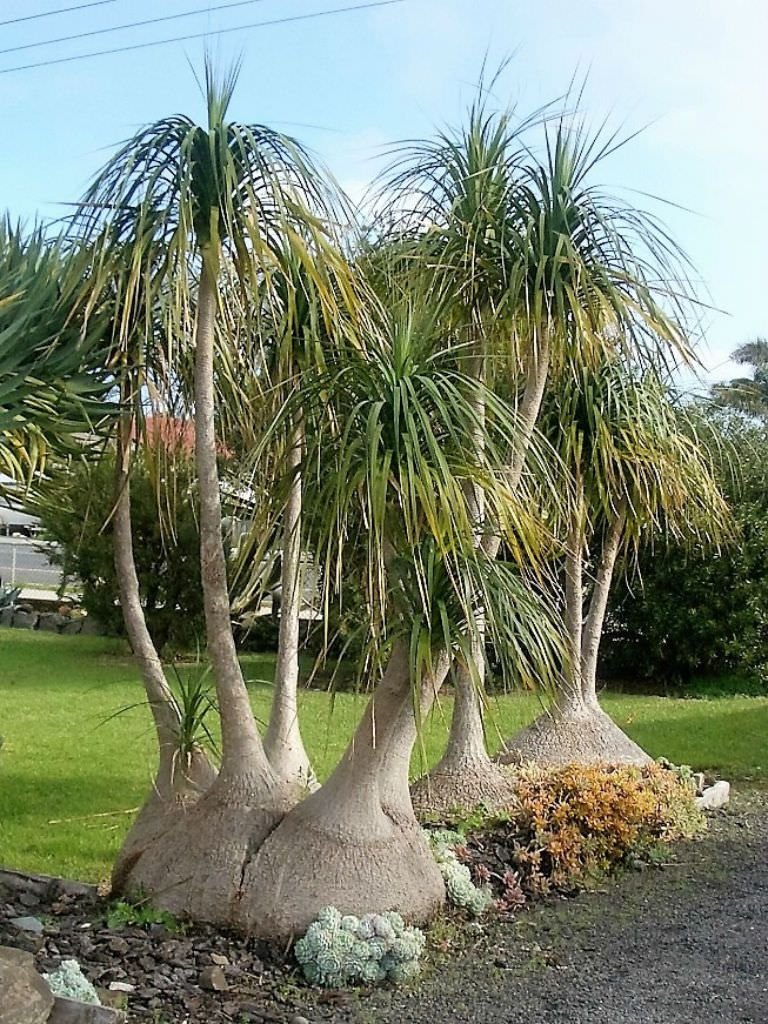
The name of the plant matches its appearance. The leaves appear like a ponytail from the top of the stem leaning downwards.
This is quite a bonsai to have for your rooftop garden and even if you are a pet owner, do not be worried since these succulents are safe for cats.
Burro’s Tail(Sedum morganianum)

The amazing leaves are just like a tail and that’s why the name. The trailing pot is a very good choice if you love to have hanging pots in your garden. A small source of water just like a waterfall would add some extra elegance to its look and life.
Moving on to its toxicity, there is none to be pointed out and is safe to be around your dog.
Ruby Heart
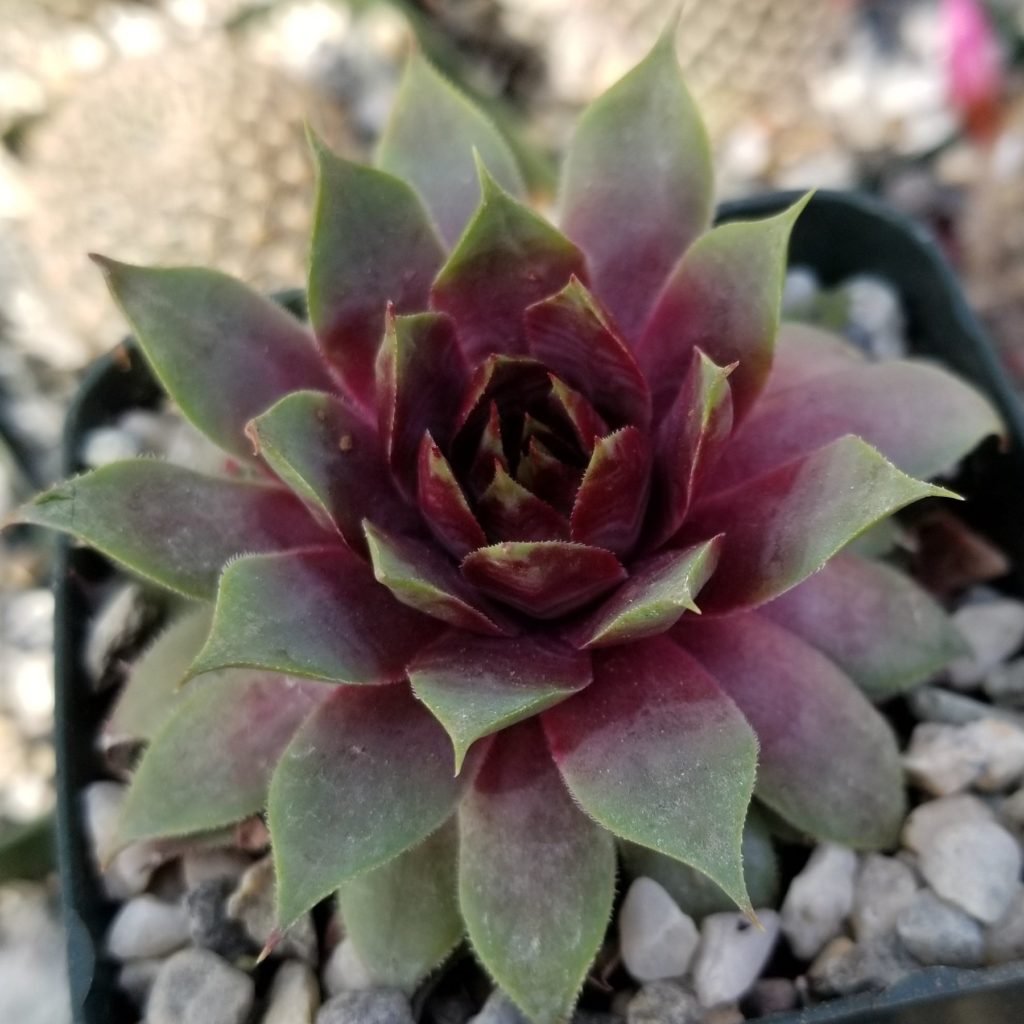
The Sempervivum succulent, famously known as the Ruby heart, gets its identity due to the reddish texture in the center of its leaf structure. This succulent looks quite edible and is something that can easily attract your cat.
You must be thinking if these beautiful succulents are safe for cats. Well, I must say there are no traces of toxicity associated with this plant.
Holiday Cacti
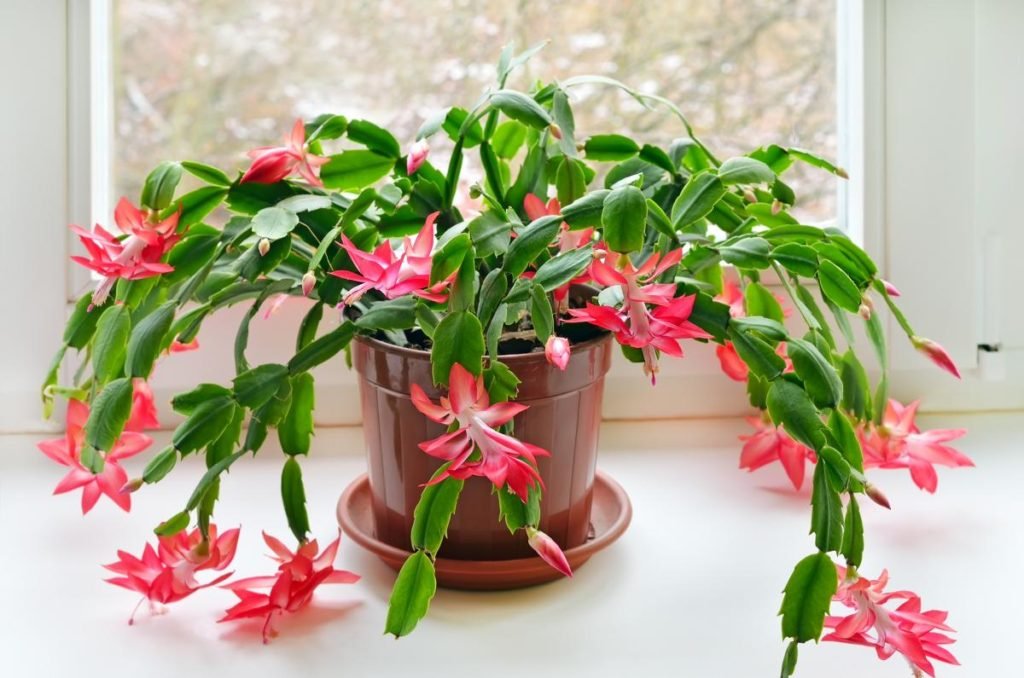
The Holiday cacti are a common name for the Christmas cactus plant. The plant is quite demanding among the indoor gardeners.
The plant belongs to the gene pool of Schlumbergera and most of its variants are completely non-toxic to pets. This plant can survive rough weather conditions easily.
Opuntia
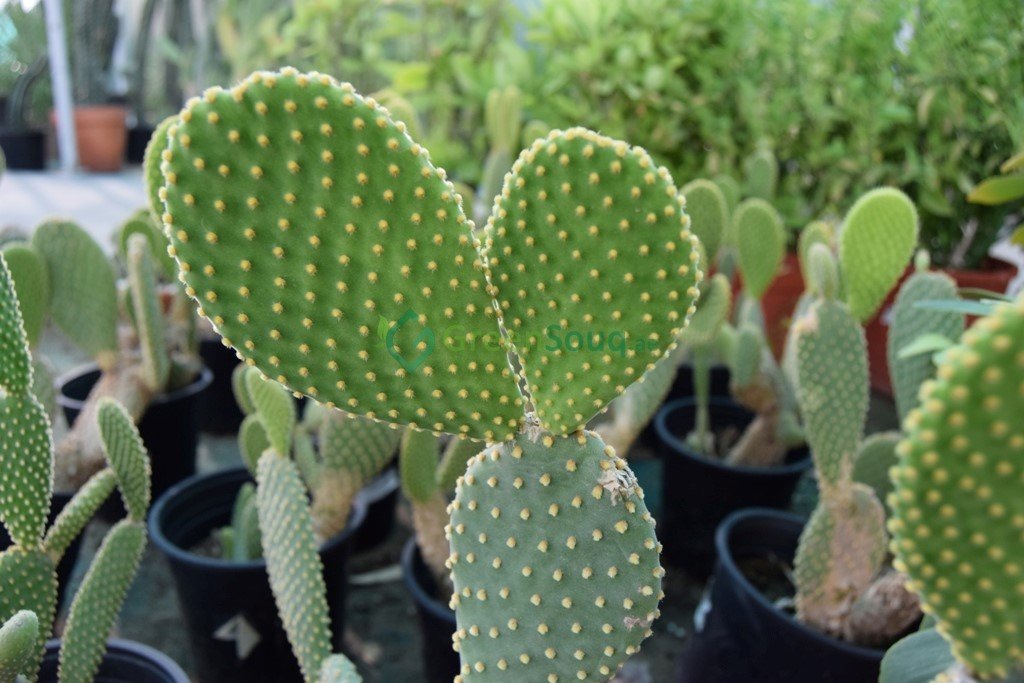
All the varieties of this genus have been tagged with the name Opuntia and you can only distinguish them by their blooms. These cacti plants are edible and the main source of the prickly pears. They also make extravagant cacti steak tools.
Since they are edible the question about toxicity immediately pops up. Be rest assured, the plants are non-toxic and cause no harm even on consumption.
Dragon Fruit
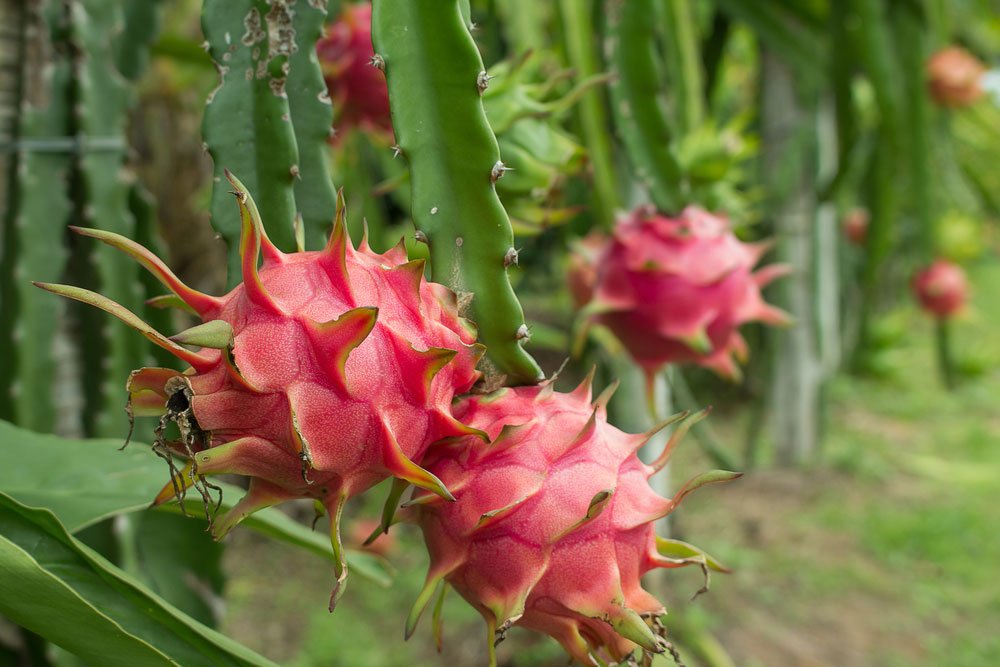
Did you know, the Dragon fruit comes from cacti plants? Well, many don’t, if you know you are lucky, and if you don’t, I just added a think to your list of insights about succulents.
Although having quite sharp spines, this plant often finds its place among the ornamental vines.
The night blooms from this beauty are elegant to watch and having one is surely a dream come true. Entirely non-toxic in nature and a great fit for the list of succulents safe for cats.
Pacific Blue Ice

Another from the family of Sempervivum, the Pacific Blue Ice is a beautiful succulent with its extravagant colored leaves.
Often people plant them outdoors, but even if you have them indoors no worries since the succulents are safe for cats & dogs.
Aoeniums
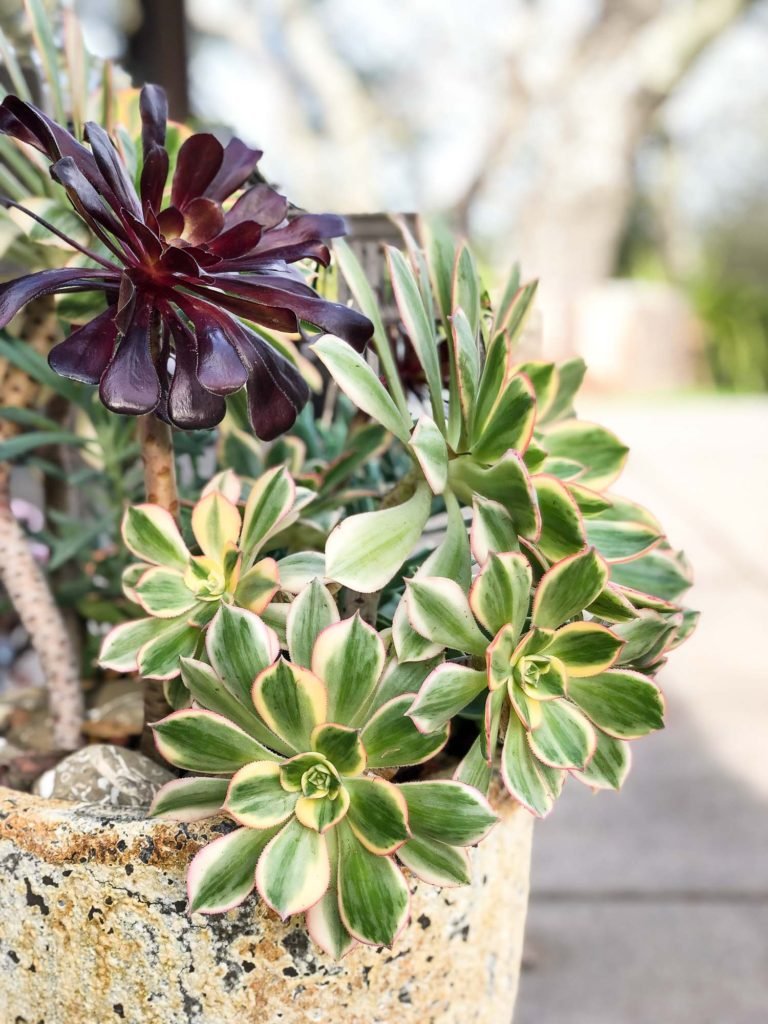
The natives of the Canary Islands, the Aoeniums are found in Madeira, Morocco & Africa.
The waxy and dense leaves of the plant make them quite a choice for houseplants. The varieties of these gene pools come in different variants of color & shape.
Almost all of its kind is safe for dogs & cats and other pets in your house.
Gasteria
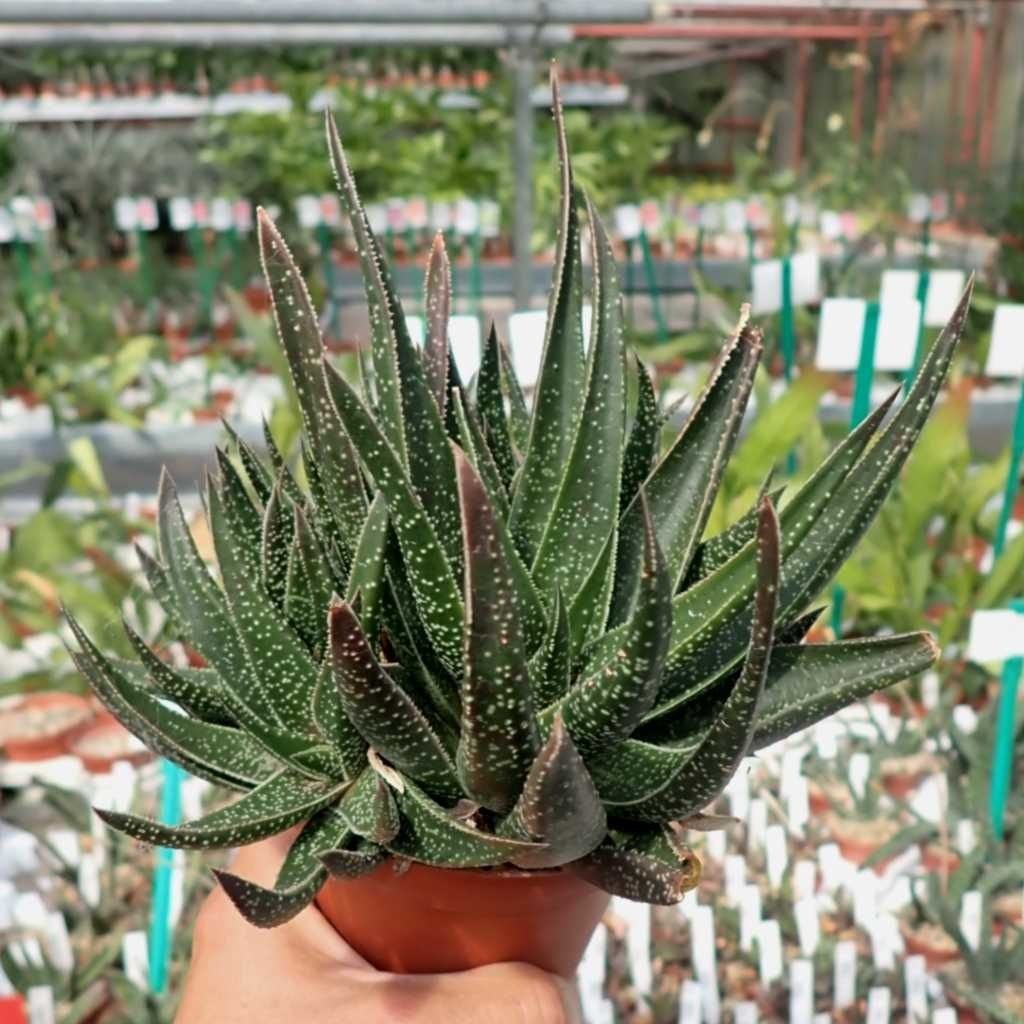
These are relatively rare, aloe-like succulent. In Latin, the word “Gaster” means stomach, and since the plant resembles the shape it has been named so.
They are good plants to opt for indoor plantations being non-toxic and safe for your pets and children.
What plants can kill cats & dogs?
Along with the query, whether succulents are safe for dogs and cats or not, people also enquire about the plants which are potential killers for the pets in your house.
Well, these plants possess toxins for carrying out various life processes and to safeguard themselves from attack. But sometimes, indigestion of such plants may kill your sweet one.
Let me help you with a list of severely toxic plants.
- Lilies
- Sago plants
- Rubber tree plant
- Lantana
- Hydrangea plants
- Oleander
- Mistletoe
I would recommend you to avoid such plants for indoor plantations if you have pets in your house.
Symptoms of eating toxic plants by pets
The common symptoms if consumed are stomach upset along with nausea& vomiting. You may also find your pet suffering from lethargy, loss of appetite, and diarrhea.
Some more symptoms which may also appear are listed below.
- Change in urine color
- Irregular heart rate & Tremors
- Skin irritation
- Blisters & mouth swelling (for dogs)
- Mild stomach irritation
- Dermatitis or mild irritation
Treatment if eaten accidentally by pets
Once you are certain that the irregularities in your pet are due to the indigestion of parts of toxic succulents, it is recommendable to get in touch with a veterinarian.
Try to make your pet drink more fluids and if possible try to clean its mouth as it may be possible for leftovers of the leaves to be present in its mouth still.
How do I protect my succulents from cats?
If you already own a cactus and are wondering are succulents safe for cats, you need to be cautious about a few things.
Here are some helpful recommendations for you.
- Separate arrangements for both
- Keep them entertained with pet toys
- Use pet repellent sprays
Conclusion
The easiest pick for houseplants is succulents as they have a longer lifetime and can survive harsh conditions. Another reason is that they are easy to pot.
Since you now know which succulents safe for cats are, don’t worry about your tender friend. Just pick one that suits your choice from the list of 10 best succulents safe for pets.
